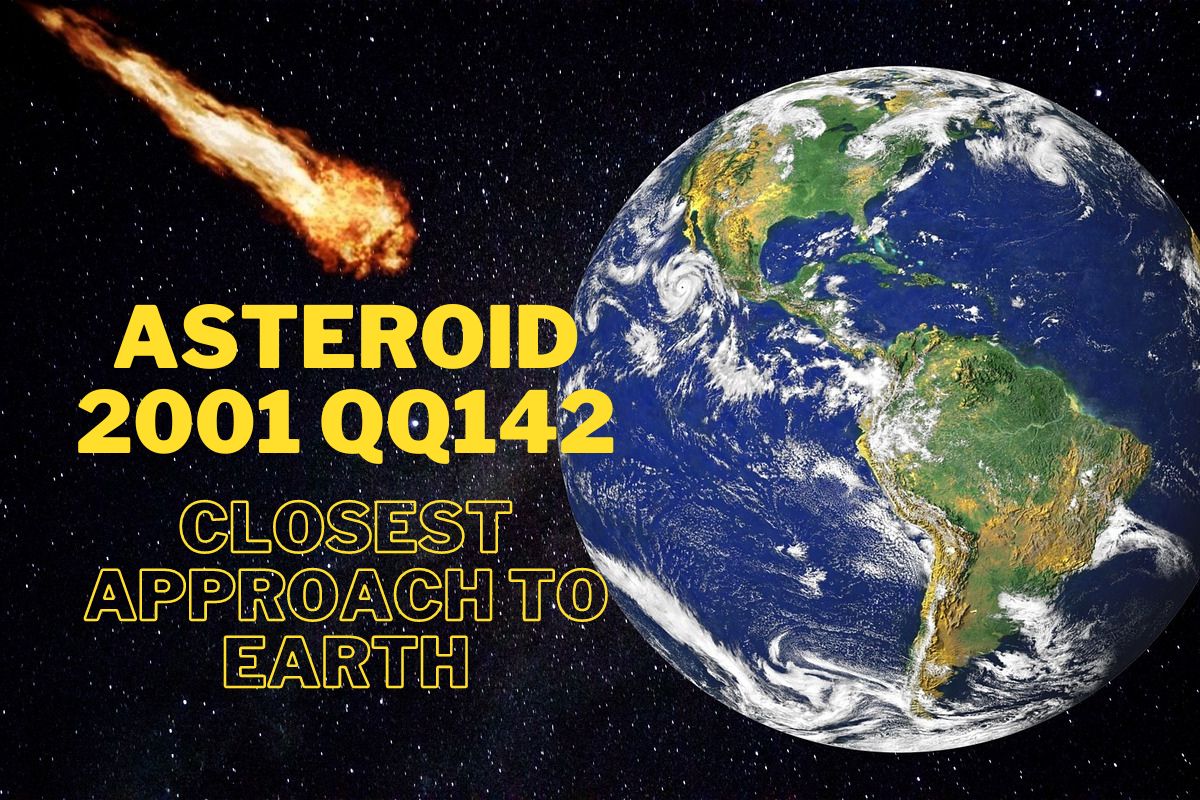In the vast expanse of space, NASA relies on sophisticated telescopes like NEOWISE, Atacama Large Millimeter/submillimeter Array (ALMA), Pans-STARRS1, and Catalina Sky Survey to monitor and study asteroids orbiting our cosmic neighborhood. Today, December 6, marks a particularly close approach of a massive celestial body known as Asteroid 2001 QQ142, illuminated by data collected through these telescopes. This asteroid Categorized as Apollo class asteroid. Comparable in size with the Golden Gate Bridge.
| Day | Distance from Earth (in Km) | Velocity (in Km/s) |
Dec. 6, 2023 | 5,526,961 | 6.660 |
| Dec. 17, 2045 | 4,528,690 | 7.542 |
| Dec. 5, 2062 | 6,282,000 | 6.628 |
| Nov. 30, 2101 | 9,523,634 | 6.592 |
| Dec. 13, 2123 | 2,064,023 | 6.929 |
| Oct. 31, 2150 | 24,098,401 | 8.086 |
| Dec. 31, 2155 | 20,337,240 | 9.977 |
| Dec. 9, 2182 | 4,395,848 | 6.734 |
Significance of Asteroid Studies
While asteroids often traverse safely at a distance, their occasional threats cannot be ignored. These ancient space rocks have historically influenced Earth’s trajectory, impacting the course of history. Regular monitoring is crucial, as even near misses hold importance in understanding and mitigating potential future risks. The telescopic endeavors of NASA shed light on these cosmic wanderers, aiding in unraveling the mysteries of our celestial neighborhood.
